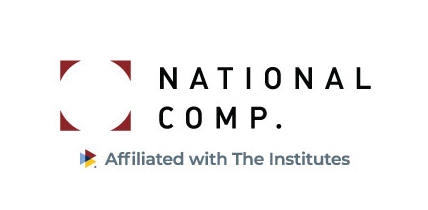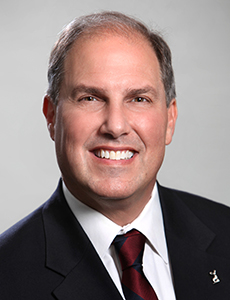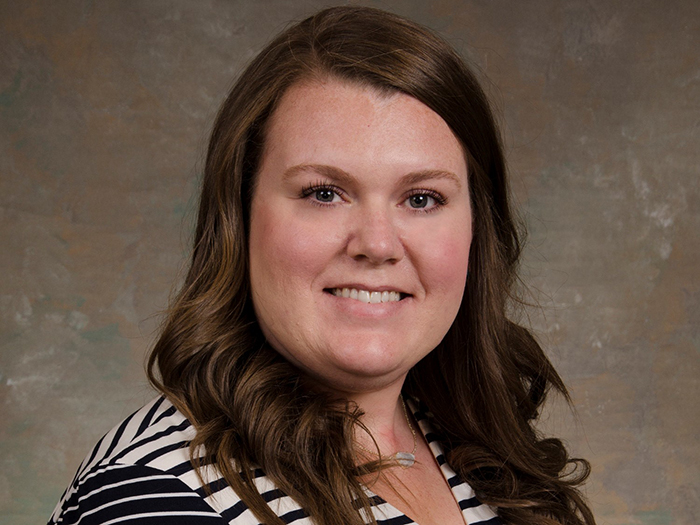Insiders’ Perspectives on Workers’ Comp Medical Trends of Past, Present and Future

On September 21st at Mandalay Bay in Las Vegas on the National Comp stage, two workers’ compensation industry leaders in medical management will reprise a 2016 session on the new medical issues they are preparing to face.
“Post-Pandemic and Post-Opioid Crisis, What Are Today’s WC Medical Trends to Watch?” will be led by Dr. Adam Seidner, chief medical officer with The Hartford and a 27-year industry veteran, and Silvia Sacalis, VP of clinical services at Healthesystems.
Back in 2016, the issues breaking through the workers’ comp bubble included opioid misuse and addiction, specialty drugs like infusibles and their attendant medical management concerns, and compound medicines.
“There are a few trends we covered in 2016 where we have seen some shifts — in some cases, we’ve seen significant improvement; in others, we’ve seen growth,” Sacalis explained. “In our session, we’ll also be covering some emergent trends that weren’t firmly on the radar in 2016.”
Seven years later, as the industry is on the downhill slope of both the opioid epidemic and a global pandemic, Seidner and Sacalis will discuss topics that include the growing role of remote therapies and monitoring in creating more accessible care and enhanced care management capabilities; diffuse prescription drug trends expanding as the opioid bubble shrinks; emerging trends in specialty drug prescribing and strategies for appropriate utilization management; and how new clinical data, emerging models for patient access, and employer considerations continue to shape the medical marijuana conversation in comp.
On the remote therapy side, virtual reality is a new option for everything from improved patient adherence to at-home exercise programs to PTSD treatment. “Wearable devices, mobile or internet-based applications can help in a number of different areas, like monitoring conditions or for adjunct treatment,” Seidner explained.
He further noted that aftercare is a benefit of VR “being able to help people monitor themselves.” This is a natural extension of virtual treatment methods that emerged during the pandemic.
Diving Into the Trends
Trends covered in the 2016 session are certainly still relevant for the payer community, and Seidner and Sacalis will also address evolutions in these trends.
Sacalis noted that opioids in particular are “still present, but we have made a cohesive impact in this area as a company and as a work comp industry, resulting from our focus and targeted approaches with all stakeholders involved.”
However, she also noted that the significant reduction in the prescription and utilization of opioids has given rise to some diffuse prescription drug trends, which will be explored in the session, including dermatologicals, designer NSAIDs, anticonvulsants, migraine and specialty drugs.
“Dermatologicals currently represent a significant portion of workers’ comp drug spend,” Sacalis explained. “This includes compounds, but the trend is also being driven in large part by physician-dispensed products that have no patient safety checks in place.”
Dermatologicals aren’t the only area where physician dispensing has evolved. As opioids declined under new regulations, new drugs came to the fore for payers, and two classes are worth keeping an eye on, according to Seidner and Sacalis.
“The shift from opioids to ‘designer’ NSAIDs is, overall, a very positive one,” Sacalis explained. “However, there are a few low-volume, high-cost NSAIDs that are of concern for multiple reasons. Designer NSAIDs are NSAID products that are specifically formulated for and/or dispensed by physicians.”
Anticonvulsants also filled some of the prescribing gap left by opioids. Commonly used drugs like gabapentin fall into this category. “The factor to note here is that many of these agents are prescribed off-label,” said Sacalis.
A further area covered in 2016 that has continued to worry experts is the growth of specialty drugs, a result of increases in pharmaceutical research and development initiatives and drug approvals.
“In addition to the considerations around the therapies themselves are the complexities around clinical management,” Sacalis said, including “side effects, patient adherence and the potential complexity of the condition it is being prescribed for.”
Compounds, on the other hand, have been somewhat reined in since the original 2016 session, but this progress is highly dependent on the jurisdiction. “There are still some bad characters compounding unnecessarily. And patient safety concerns must always be considered, as compounds may be duplicative with oral therapies the patient is receiving,” Sacalis warned.
The new trends addressed in the session will be familiar to some attendees and brand new to others. These include a rise in the application of digital therapeutics as they are embraced to help in managing chronic conditions that affect patients with work comp injuries, as well as to help address any behaviors that may impact their recovery and overall functional improvement.
Workforce considerations will also occupy some of the discussion. “These have always been in the background but are now gaining more traction at the forefront of care,” said Sacalis. These considerations include substance use, patient determining factors for biologic use, and age.
Federal Legalization
Finally — and of great interest for several years — is the use of currently federally illegal drugs like cannabis and psychedelics for therapeutic purposes. Cannabis use overall across the country has increased as more states legalize it, and return-to-work concerns are thus top of mind in 2023.
“Issues like fitness for work come to mind,” said Seidner. “You’re looking at an individual’s capacity to work without risk to their own or others’ health and safety. The companies can look at their policies and see which jobs are safety-sensitive.”
Psychedelics including ketamine, psilocybin and MDMA are an emerging area of research for certain diagnoses, with most research tied to mental health conditions like depression, anxiety and PTSD. Some of these drugs (MDMA and psilocybin) are still Schedule I federally, but others (like ketamine) have accepted therapeutic uses dating back decades.
“Some of these therapies, if delivered in a controlled setting, may have benefits,” Sacalis said. “However, lots of drug interactions and side effects can still be problematic. It’s definitely an area to watch.”
The National Comp audience can look forward to a riveting presentation this year, and for repeat attendees of the session, an interesting take on seven years of evolution.
As Seidner explained, the National Comp audience in and of itself is special. “It’s the robustness,” he said. “There’s so many different perspectives. It creates excitement around these topics.” &
 “Post-Pandemic and Post-Opioid Crisis, What Are Today’s WC Medical Trends to Watch?” will be held on Sept. 21 at 12:30 p.m. Learn more here.
“Post-Pandemic and Post-Opioid Crisis, What Are Today’s WC Medical Trends to Watch?” will be held on Sept. 21 at 12:30 p.m. Learn more here.












